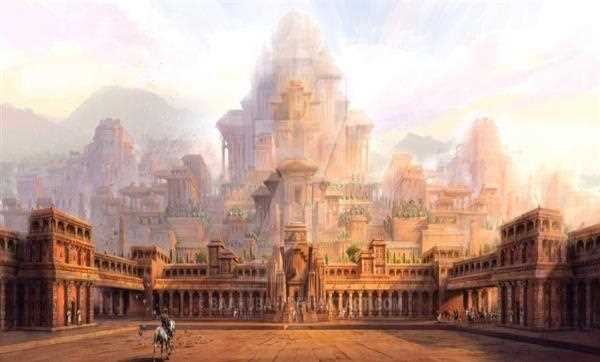The Indian state that was earlier known as Magadha is Bihar. Magadha was an ancient kingdom in eastern India, which flourished from the 6th century BCE to the 4th century BCE. The kingdom was located in the modern-day state of Bihar and parts of Bengal.
Magadha was one of the most powerful and prosperous kingdoms of ancient India. The kingdom was ruled by a number of powerful dynasties, including the Haryanka dynasty, the Shishunaga dynasty, and the Nanda dynasty. It was during the reign of the Nanda dynasty that Magadha reached the peak of its power and prosperity.
The capital city of Magadha was initially Rajagriha, which was later replaced by Pataliputra. Pataliputra was a great center of learning and culture, and was known for its impressive architecture and urban planning. The city was also an important center of trade and commerce, and was located at the confluence of two major rivers, the Ganges and the Son.
Magadha was also known for its military might. The kingdom had a large and well-trained army, which played a key role in the conquest of neighboring kingdoms. Magadha was also known for its use of elephants in warfare, which gave it a significant advantage over its enemies.
Magadha was a center of religion and philosophy, and was home to many great thinkers and scholars. The kingdom was an important center of Buddhism, and it was here that the Buddha gave many of his teachings. The famous Buddhist pilgrimage site of Bodh Gaya is located in modern-day Bihar, and is believed to be the place where the Buddha attained enlightenment.
In conclusion, Bihar was earlier known as Magadha, an ancient kingdom that played a significant role in the history and culture of India. The kingdom was known for its power, prosperity, military might, and cultural achievements, and was an important center of religion and philosophy. The legacy of Magadha can still be seen in the modern-day state of Bihar, which continues to be an important center of culture and learning.